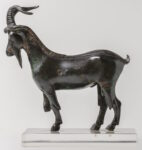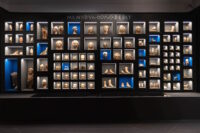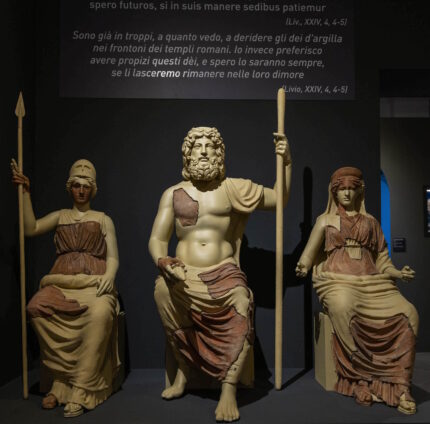Suetonius (69-122 A.D.) wrote in The Lives of the Caesars that Augustus could accurately boast that he had found Rome a city of brick and left it a city of marble. The context of the statement was the improvements to the city Augustus had made as sole ruler after he abandoned any idea of restoring the Roman Republic and instead subsumed all the major magistracies of the Senate, Tribunician powers and the entire treasury of Rome under his personal control.
The city, which was not built in a manner suitable to the grandeur of the empire, and was liable to inundations of the Tiber, as well as to fires, was so much improved under his administration, that he boasted, not without reason, that he “found it of brick, but left it of marble.”
Cassius Dio (155-235 A.D.) attributes the same quote to Augustus (Roman History, Book LVI:30), only he explicitly rejects the literal interpretation proffered by Suetonius.
“I found Rome of clay; I leave it to you of marble.” [Augustus] did not thereby refer literally to the appearance of its buildings, but rather to the strength of the empire.


The exhibition focuses on the material remains that attest to the physical construction of the city, and curators used the latest technology to attempt to reconstruct how some of these fragments would have looked when intact during the Republic. For example, chunks of terracotta cladding slabs from a temple in what is now Largo Argentina (of cat shelter fame) have been set into a background image illustrating what the vividly-painted terracotta frieze would have looked like.

The Rome of the Republic exhibition is open now and runs through September 24th of this year.
* This article was originally published here







No comments:
Post a Comment